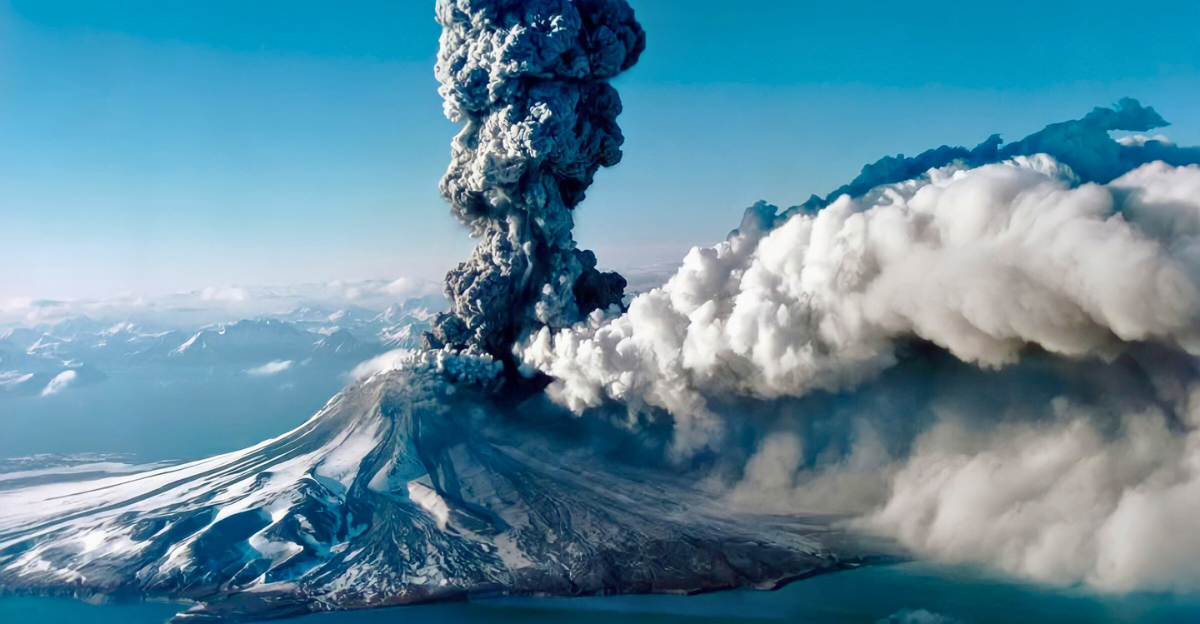
Deep in the rugged landscape of Alaska, just west of Anchorage, lies a mountain that has been silent for decades.
Rising more than 11,000 feet above sea level, it looks calm, snow-covered, and still. Yet beneath this icy surface, something is stirring.
For months, scientists have been closely watching, measuring, and waiting. The mountain has a history that’s hard to ignore, one that has left cities in its shadow blanketed in ash before.
Now, new signs are emerging that hint at a possible repeat. The question is not if change is coming, but when, and how big.
A Sleeping Giant
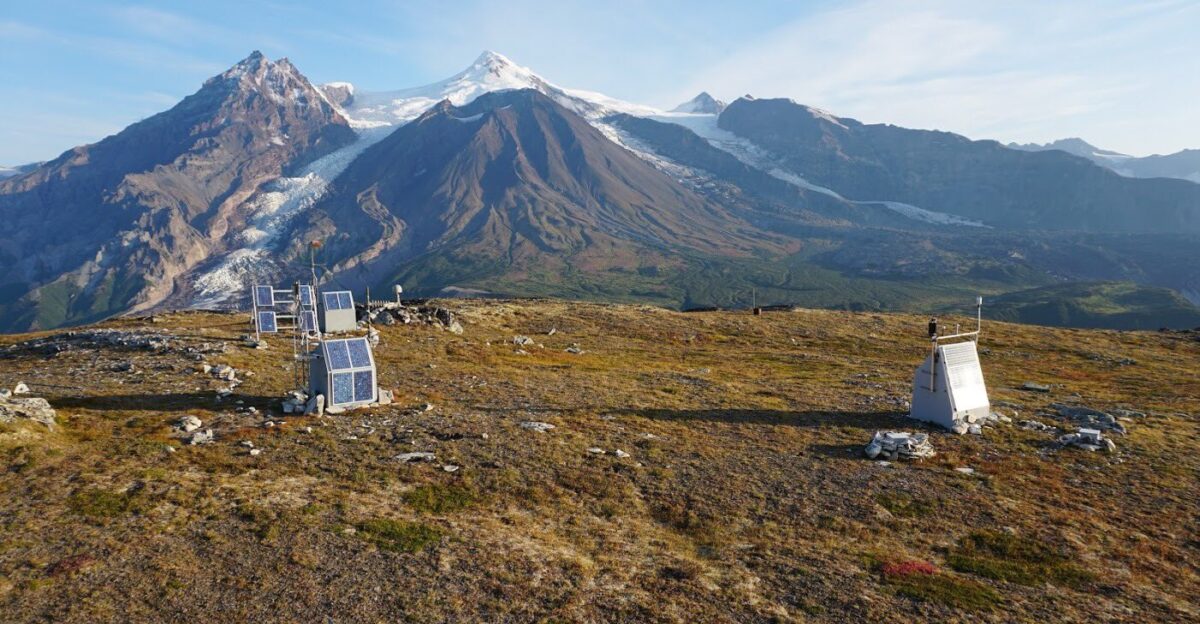
Mount Spurr is the highest volcano in the Aleutian Arc near Anchorage. Its wide slopes and icy ridges disguise the potential energy within.
Most of the time, it rests unnoticed by the nearly 300,000 people living close enough to feel its impact. But its past shows it does not stay quiet forever.
A Closer Look at Location
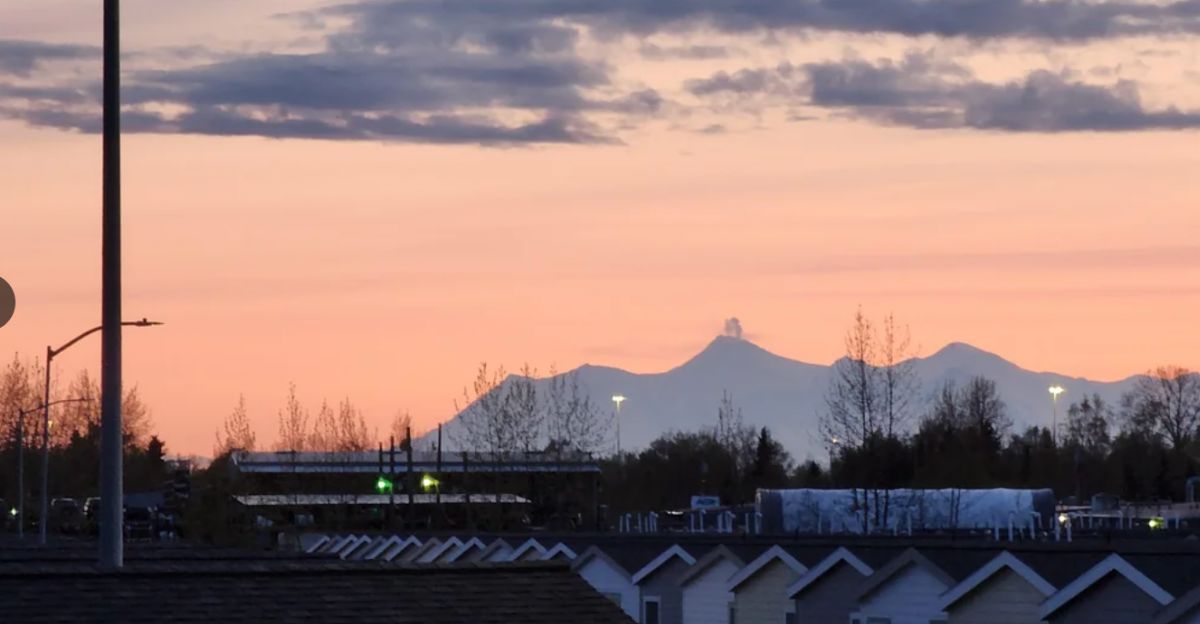
The volcano sits about 81 miles (130 kilometers) west of Anchorage. This isn’t an isolated wilderness. Anchorage is Alaska’s largest city, and the volcano’s position means any activity could quickly ripple into human life, whether through ash, disrupted air travel, or environmental changes across the state.
Recent Observations
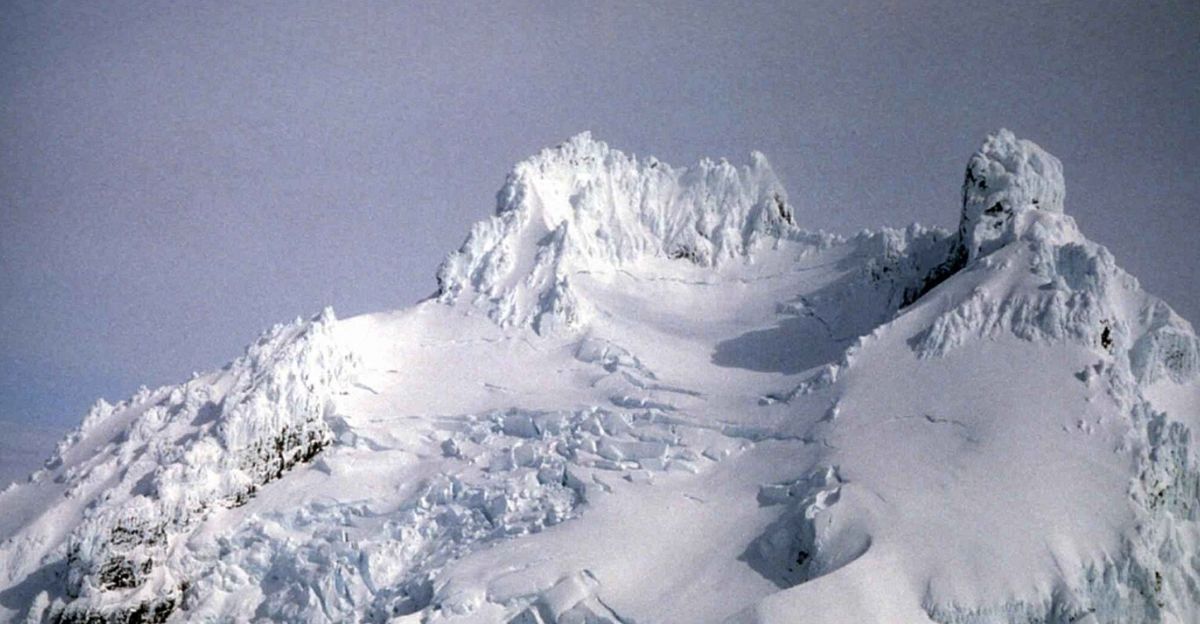
For the past year, scientists have tracked unusual patterns on Mount Spurr. Small earthquakes have rattled beneath it.
Snow and ice have melted in odd ways along its slopes. Most strikingly, increased gas emissions have been detected: an early warning sign that magma is moving under the surface.
The Role of Volcanic Gases
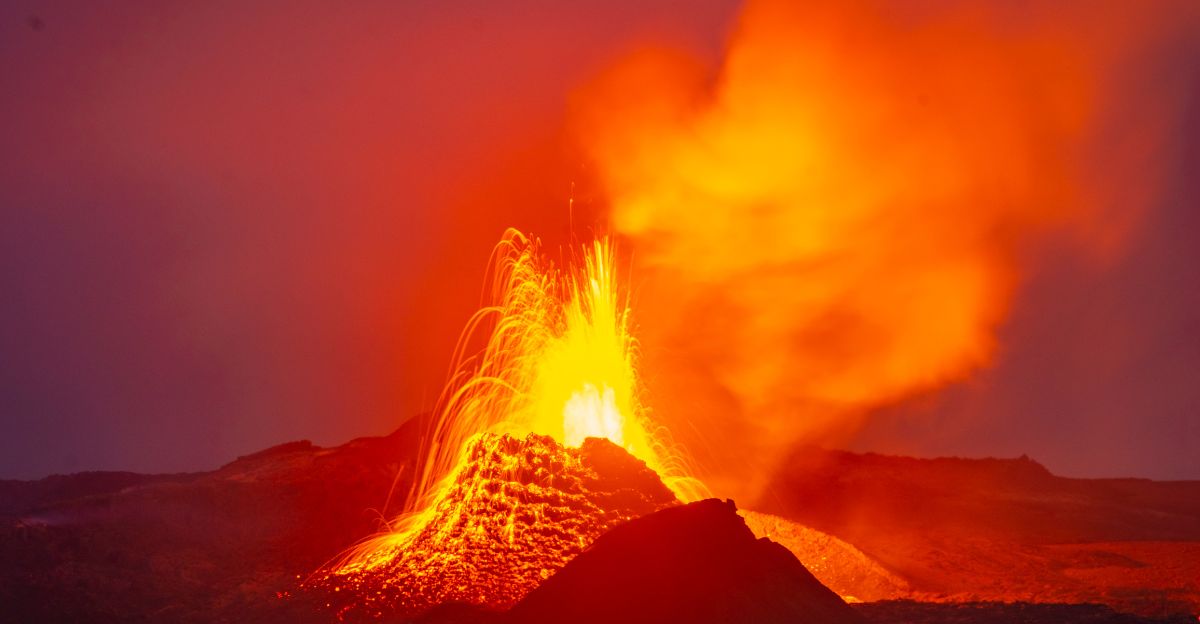
Volcanoes release gases like carbon dioxide and sulfur dioxide when magma shifts upward. At Spurr, these gases have risen significantly, a red flag for volcanologists. Gases can escape before magma does, serving as a signal that pressure is building inside the mountain.
What Scientists Are Saying

The Alaska Volcano Observatory has now raised its level of concern. Matt Haney, the scientist in charge, explained that the current unrest is “most likely” to end in an explosive eruption, similar to past events in 1953 and 1992. This is a shift from earlier, more balanced assessments.
Where the Action Might Happen
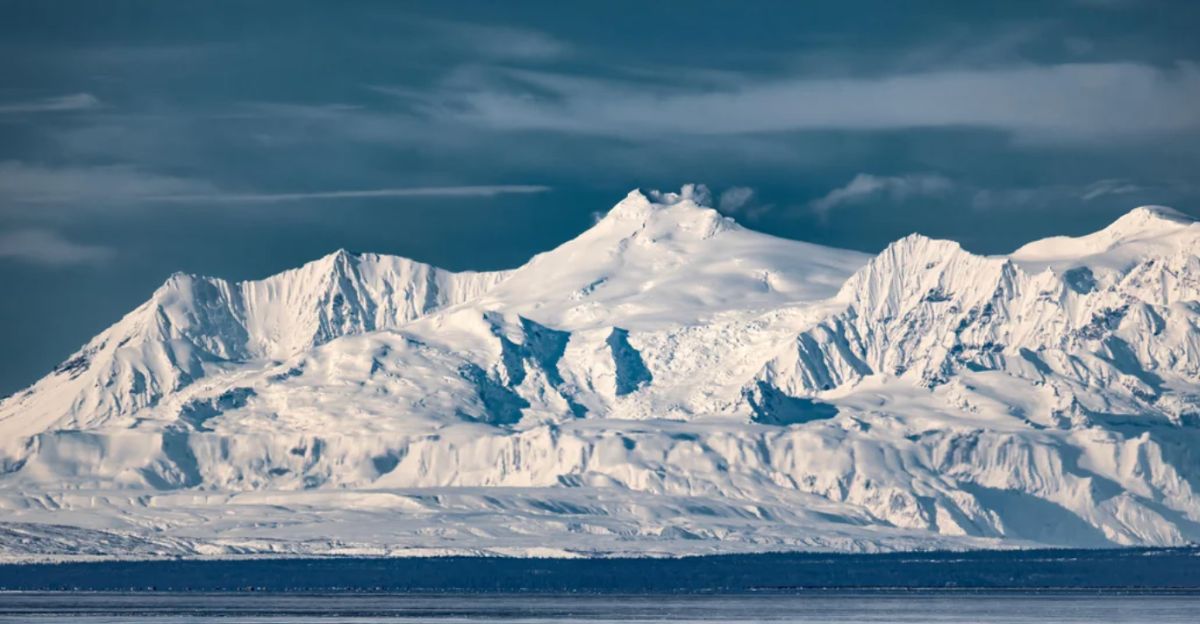
Interestingly, the eruption probably won’t occur at the summit. The mountain’s main crater is sealed with solid rock from ancient eruptions.
Instead, attention is on a flank vent called Crater Peak, about two miles away from the top, where magma pathways remain more open.
Lessons From 1992
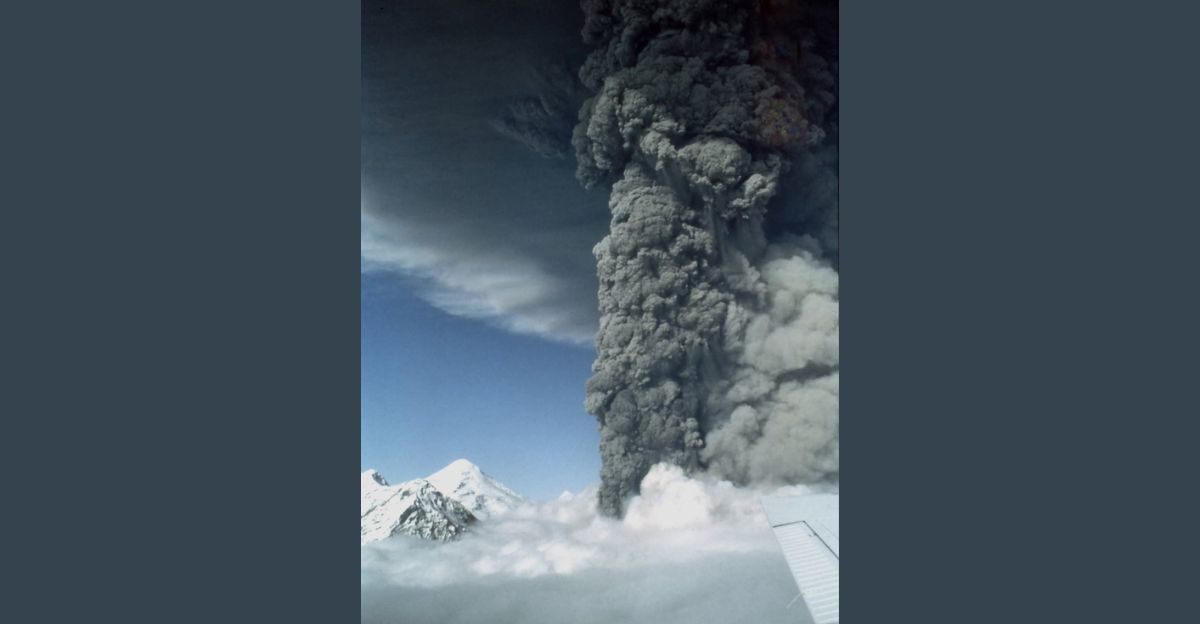
The last major eruption was in 1992, when Crater Peak exploded three separate times. Ash clouds soared more than 50,000 feet into the sky, disrupting air travel and spreading dust over Anchorage.
The city experienced measurable ashfall, reminding residents that volcanic activity isn’t just a distant problem.
The 1953 Event
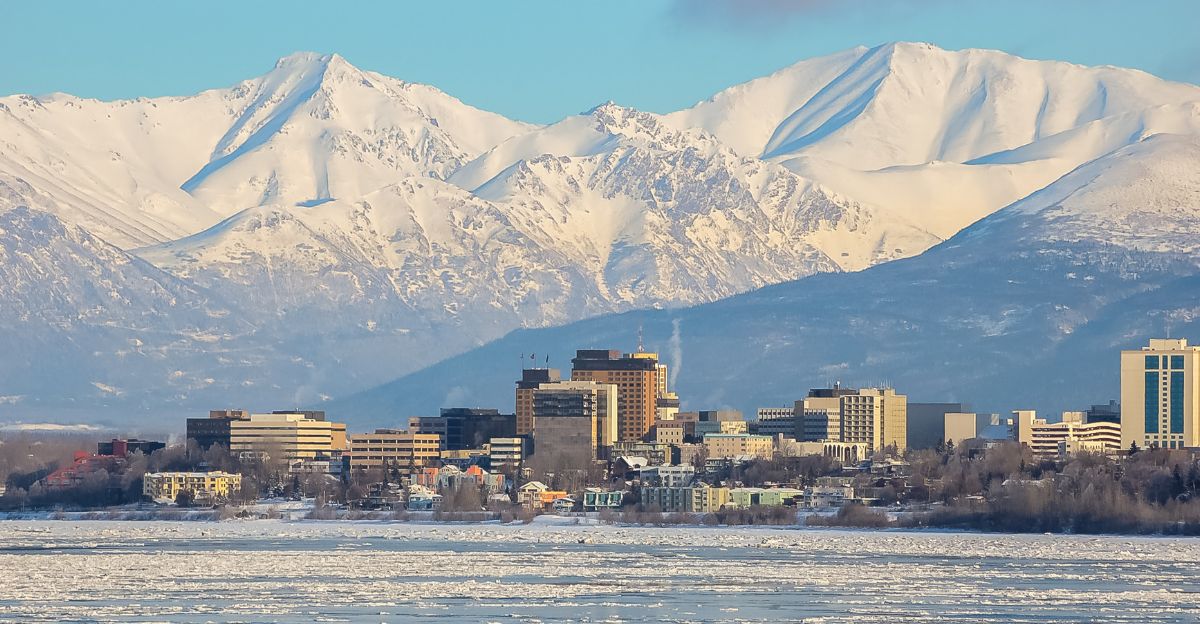
Four decades earlier, the 1953 eruption had similar effects. Ash blanketed parts of Anchorage in a thicker layer than in 1992, leaving the city coated in gray.
Both eruptions proved how quickly Mount Spurr can shift from quiet to disruptive, with direct consequences for people and infrastructure.
What Makes This Different
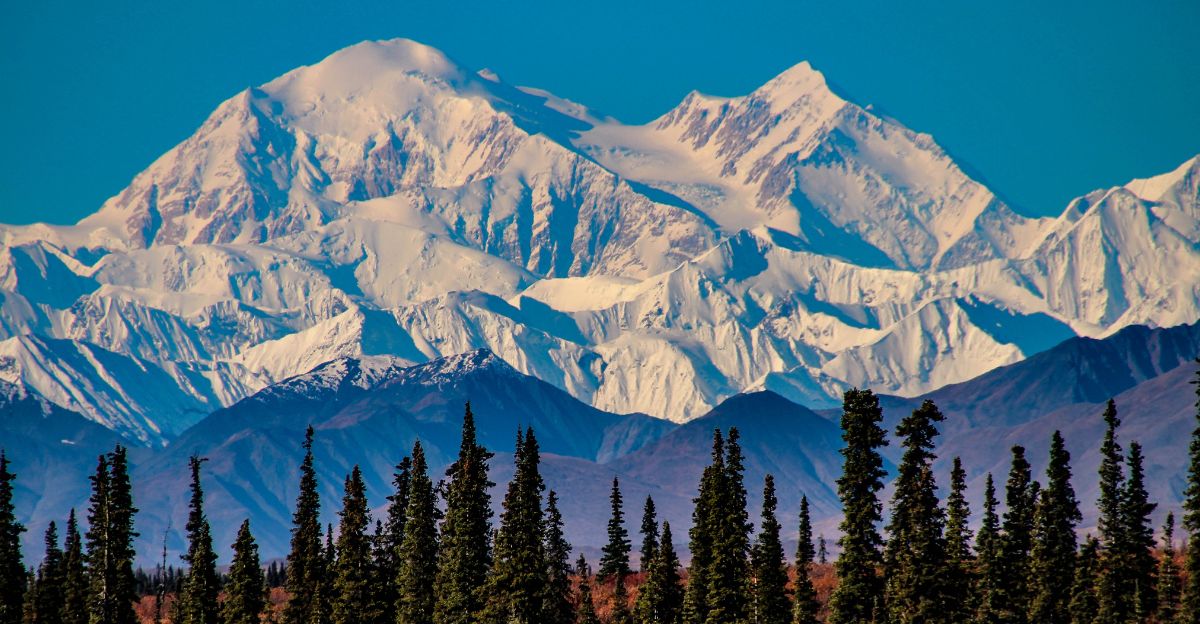
Today, scientists have far better monitoring systems than in the mid-20th century. Seismic sensors, satellite imagery, and gas measurements allow them to track magma movement more precisely. Still, the exact timing and scale of eruptions remain unpredictable, keeping communities on edge.
The Next Likely Sign
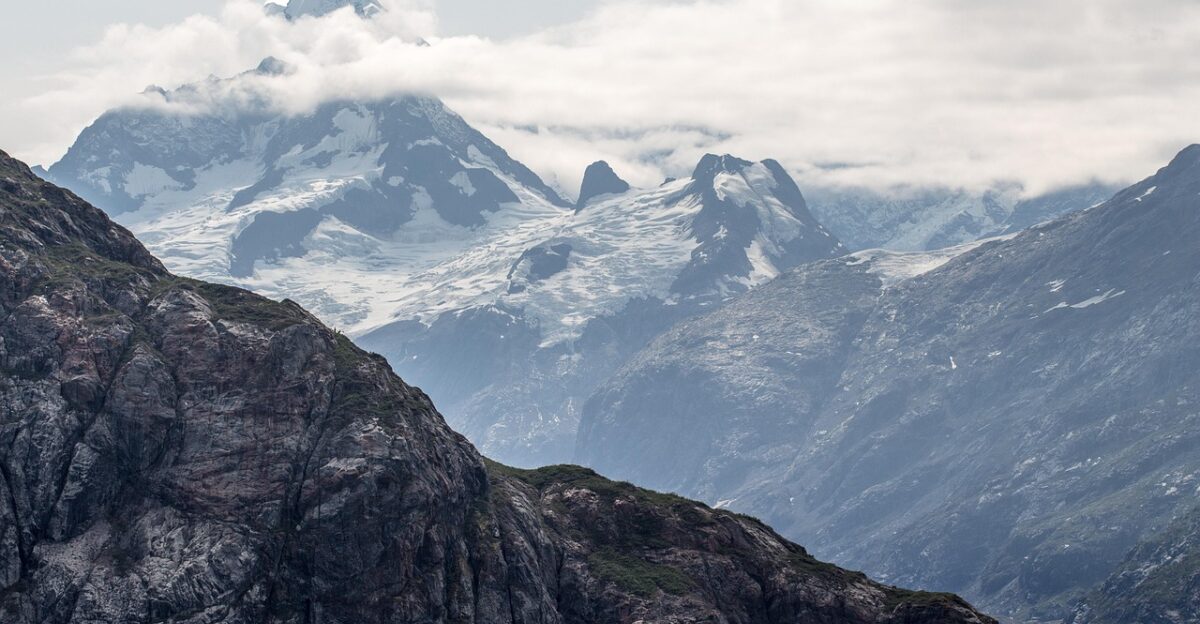
If unrest continues, experts expect volcanic tremor to appear. Unlike quick earthquakes, tremor is a sustained shaking caused by magma forcing its way upward.
In 1992, tremor began about three weeks before eruption. Spotting this again would be a strong indicator that Spurr is nearly ready to erupt.
Air Travel Concerns
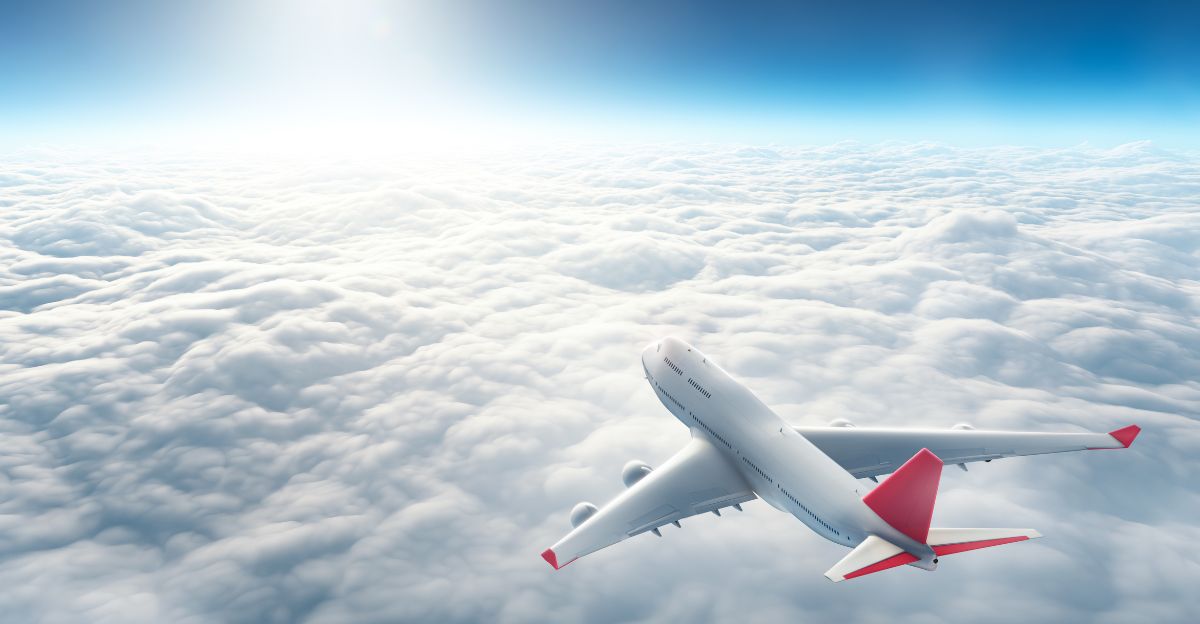
One of the biggest risks is aviation. Alaska sits under major trans-Pacific flight paths. Ash clouds rising tens of thousands of feet can clog airplane engines, reduce visibility, and cause serious hazards. Past eruptions worldwide have forced airlines to cancel or reroute flights.
Impact on Anchorage
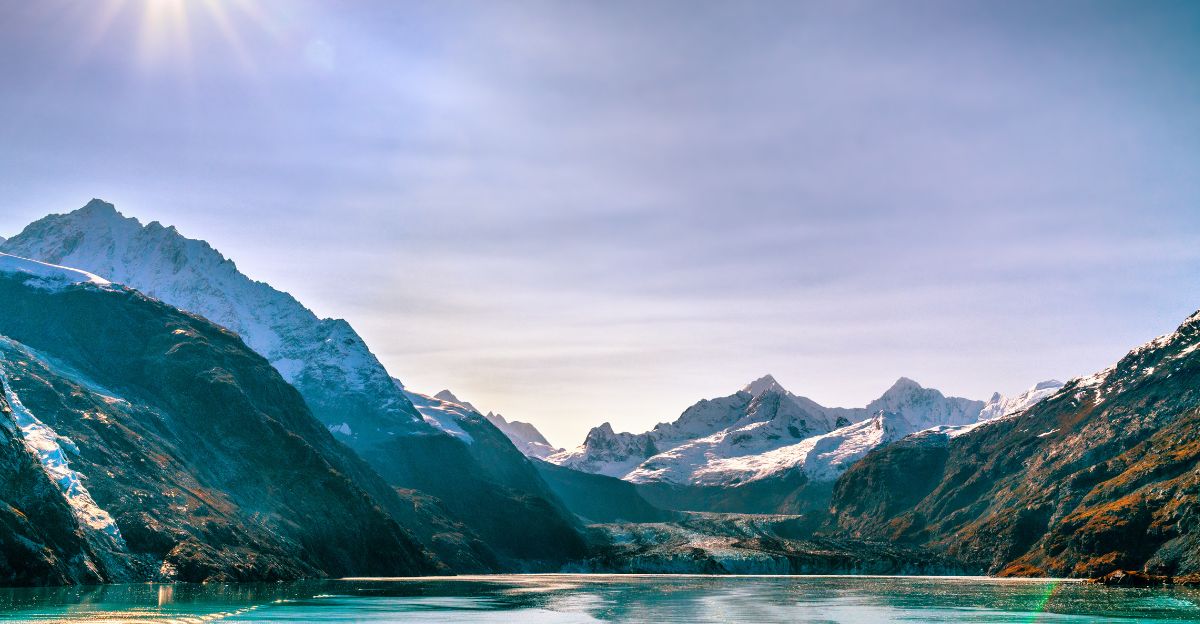
Even if the eruption stays at Crater Peak, Anchorage could feel the effects. Past events sent ash drifting into the city, coating cars, roads, and buildings.
Though not immediately life-threatening, ash is abrasive, clogs machinery, and poses health risks when inhaled.
Lessons From Other Volcanoes
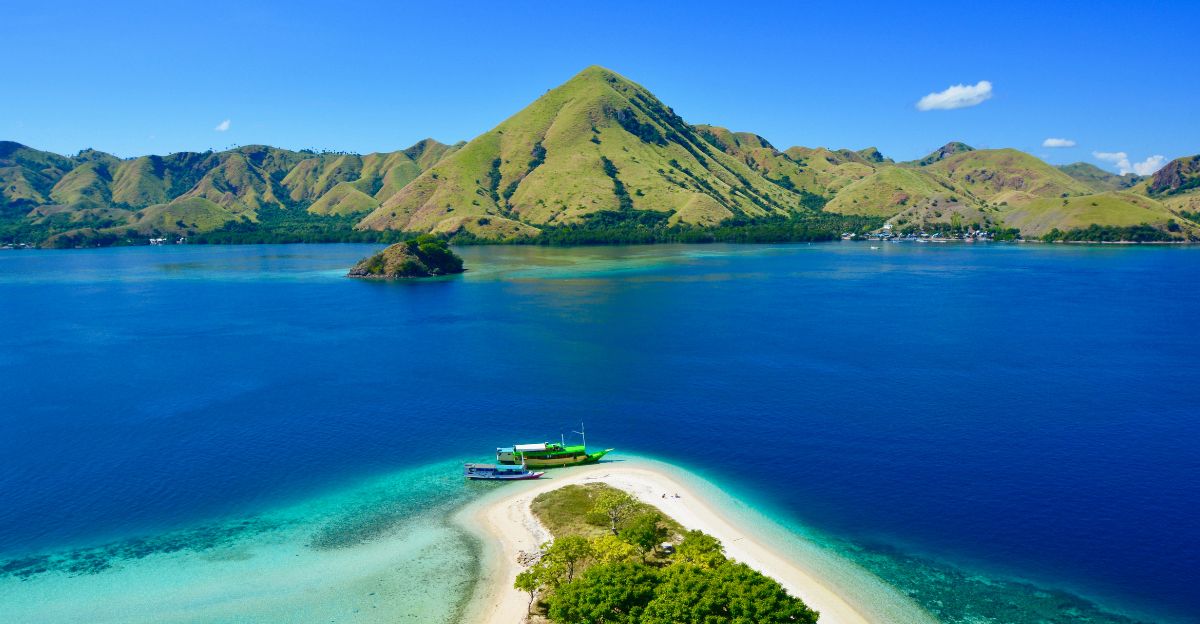
Similar eruptions in Iceland, Chile, and Indonesia have shown how volcanic ash can travel far beyond local regions.
Winds can carry particles across continents, dimming skies and affecting air quality thousands of miles away. Mount Spurr holds that same potential.
How Ash Travels
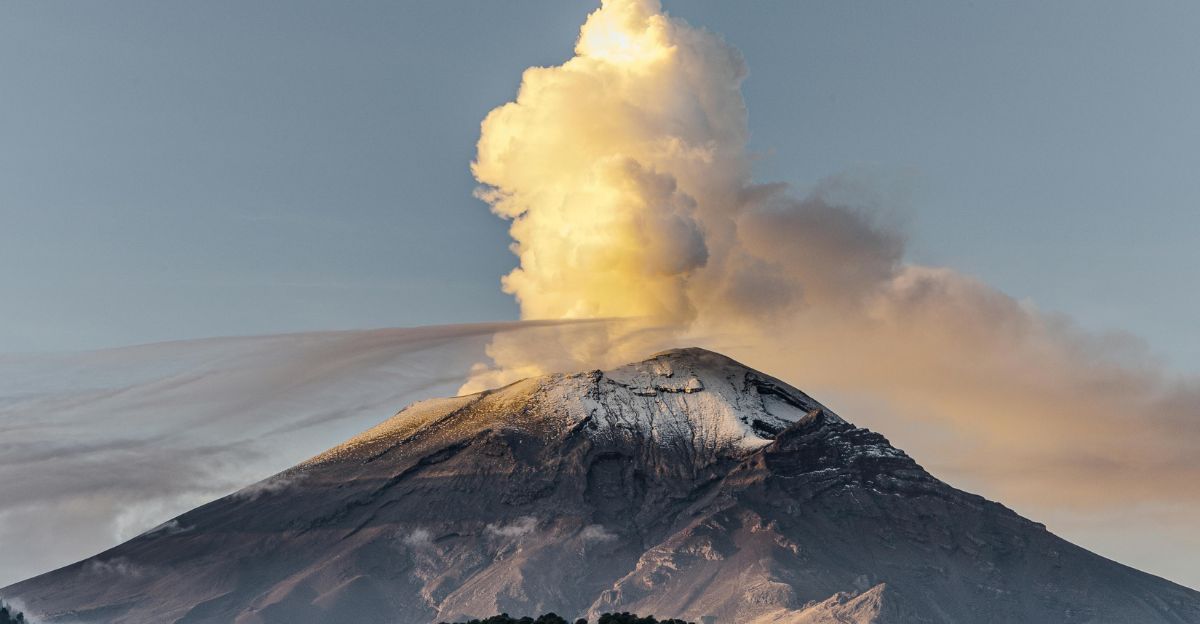
Ash is incredibly fine, lighter than sand but sharp like glass. Once it reaches the upper atmosphere, jet streams can move it quickly across large areas.
This is why a single eruption in Alaska can affect skies and flights as far away as the mainland United States.
Human Health Effects
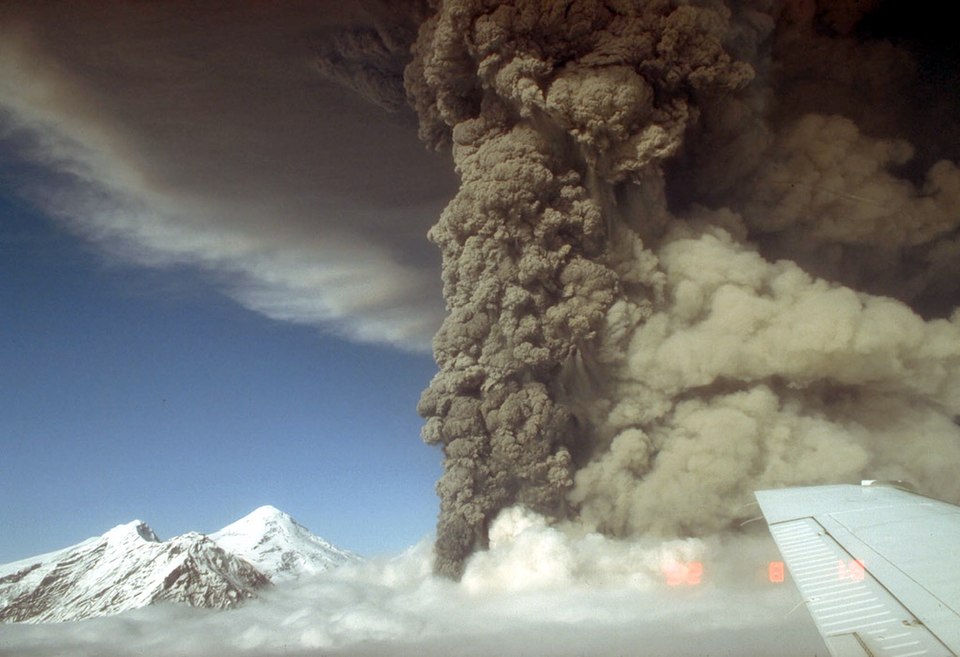
Volcanic ash may seem harmless dust, but it can irritate lungs, eyes, and skin. Long exposure is dangerous for people with asthma or respiratory conditions. Even healthy individuals may feel its effects if particles settle thickly in populated areas.
Economic Risks
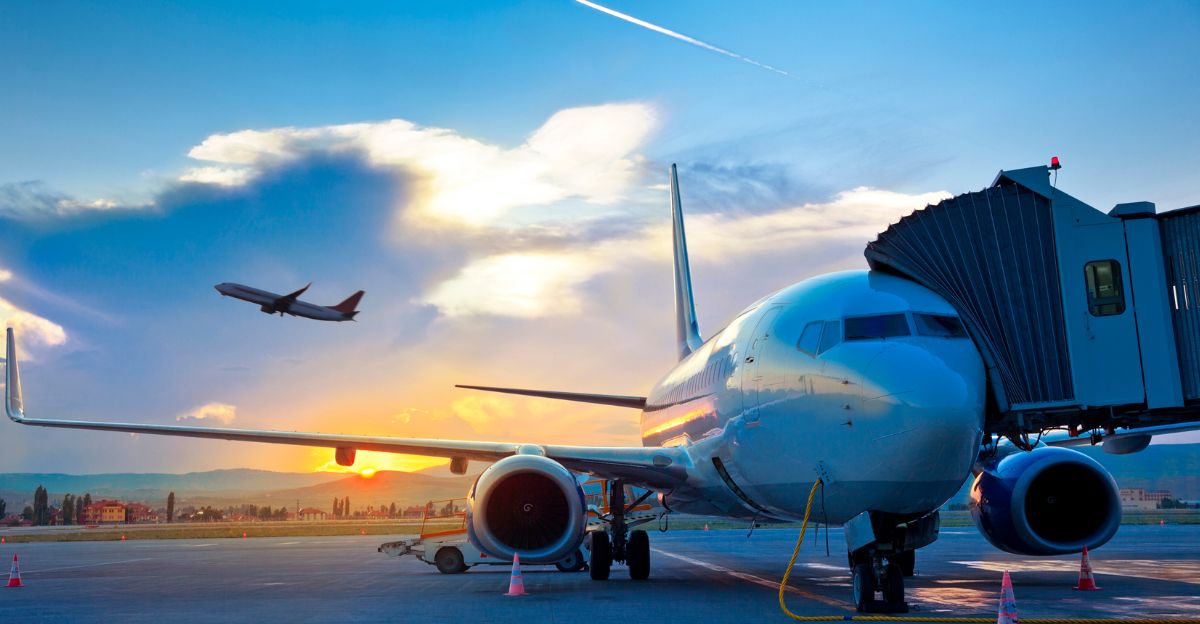
Eruptions can cause widespread economic disruption. Ashfall may damage crops, shut down airports, and stall shipping.
Cleanup is costly. In 1992, Anchorage dealt with power issues and flight interruptions. A larger eruption today could ripple into national and even global markets.
Monitoring the Unrest
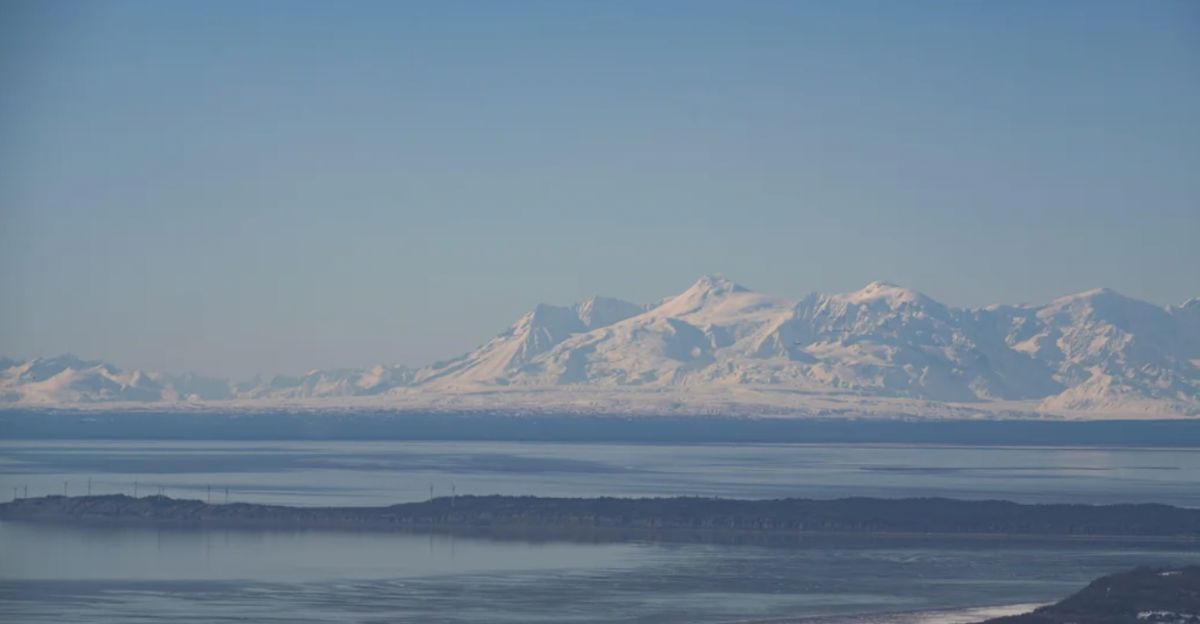
The Alaska Volcano Observatory continues to study Mount Spurr daily. Their team uses a network of seismometers, gas detectors, and overflights to measure changes. Data is shared quickly to warn communities and airlines. This vigilance is the front line of protection.
What Happens Next
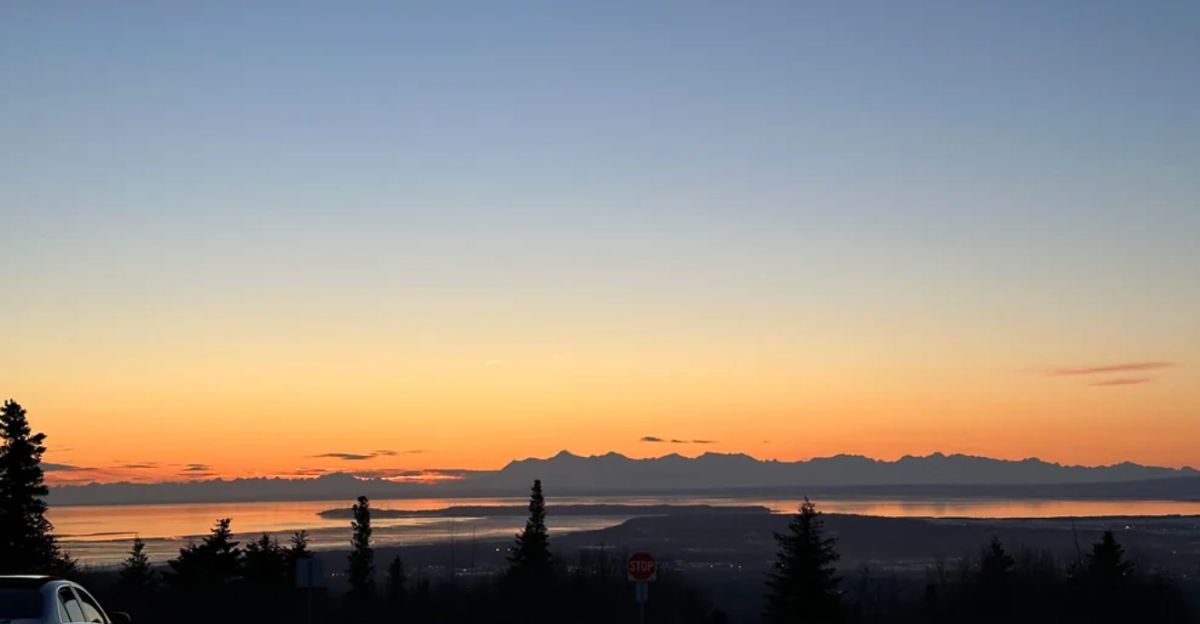
If tremors begin or gas levels spike further, scientists may raise alert levels again. An eruption could come within weeks, or the mountain may calm. Volcanology is not an exact science, and nature often surprises even the most prepared observers.
A Watchful Waiting Game
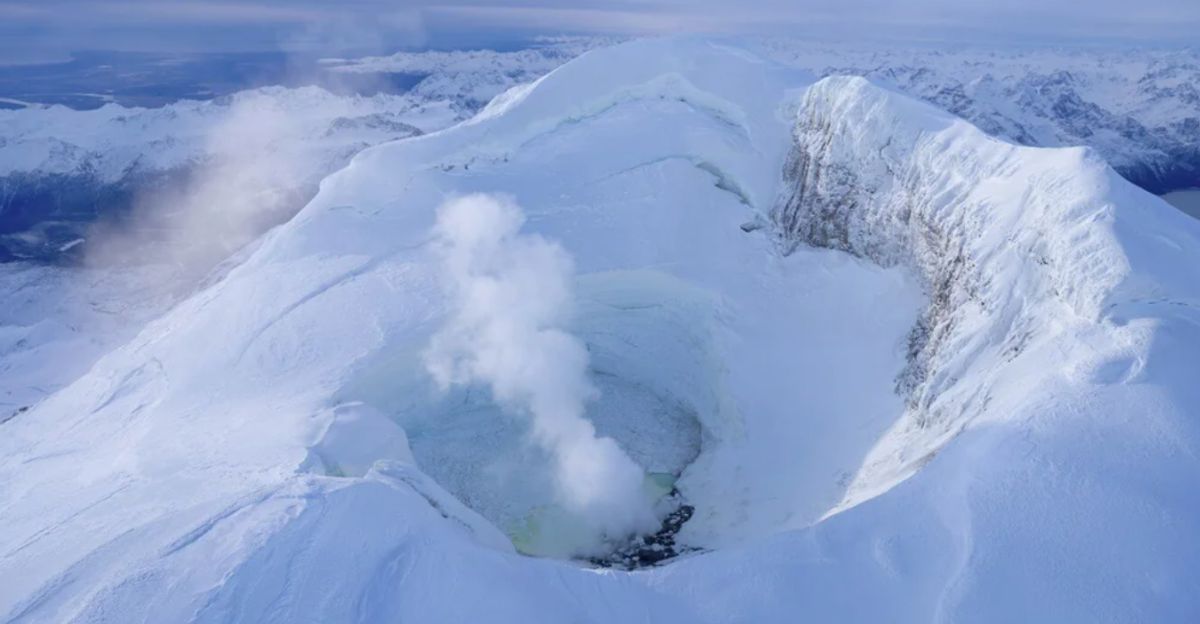
For now, Mount Spurr is restless but holding. Its history suggests explosive potential, but the timeline is uncertain.
What’s clear is that the volcano demands attention, not alarm. Scientists and communities are watching closely, ready for whatever this Alaskan giant decides to do next.